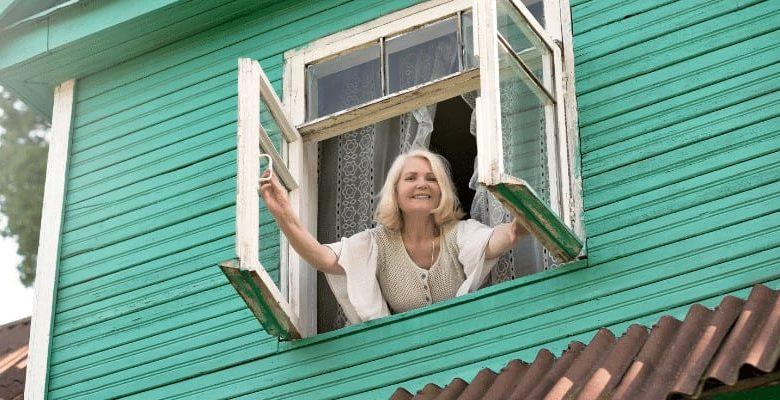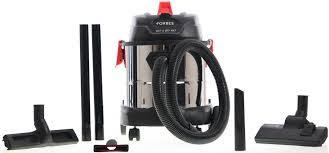How to Keep Top Floor Apartment Cool in Summer? Easy Tips to Follow

Living in the apartment can be not winter but summer is also pretty hot. Of course, when you have a nice view and no one else above knocking on your ceiling to complain you would not mind staying there. But if you have other family members who feel it’s very difficult to stay there during the hot months of summer then next time don’t change your home or try to find another house. The best solution is simple: just follow some easy tips which will help you keep your apartment cool in summer.
Use Air Conditioners
Air conditioners can be a great help in keeping your apartment cool in the summer. You can either use a portable air conditioner or a window air conditioner, depending on your budget. Portable air conditioners are more expensive than window air conditioners, but they should be used if you do not have a window in your apartments in Thrissur. The portable air conditioner works by drawing hot air from the room and blowing out cold air with the use of a refrigerant vapour compression cycle. Both types of ACs can decrease humidity in your apartment by draining water through pipes or buckets.
Use Heavy Curtains or Window Blinds
The first thing you should do is get heavy curtains or window blinds. You can get them in any department store or home improvement store. When you have them up, close them during the day when it’s hot out to prevent sunlight from coming in and heating up your place. Keep them open at night when it’s cooler outside so that warm air can leave your apartment.
Install a Window Air Conditioner Unit
To keep your apartment cool when it is hot out, install a window air conditioner unit on each side of the building that faces east and west. This way, you do not have to run both units at once if one side does not get as much sunlight as the other side during certain parts of the day. When you only need to run one unit, it will cost less money to operate than using both units at once.
Third Floor Apartment Hot Exhaust Tip
If you live in an apartment with a third floor, you may have already noticed that the air in your home is not flowing as well as it was when the building had only two floors. Your heat pump will work harder to cool or warm your home, increasing the consumption of electricity and increasing your electricity bill. Luckily, there are things you can do to help improve the flow of air in your home and make it more comfortable for everyone who lives there.
You can enhance the flow of air in the home by closing doors. When you stay in one room you must close the doors of all the other rooms. This will allow cool or warm air to circulate better throughout the house. Make sure that all windows are closed at least at night so that the cool air does not leave through them, although it is recommended that they be kept closed during the day too.
Another way to increase the flow of air inside is to keep your blinds and curtains open during the day. Cool air is heavier than warm air, so if you open all your blinds on a hot day, cool air will come down into your house while warm air will go up and out through the roof vents.
Low Humidity
Heat rises, that’s why the third floor of my apartment is about 10 degrees warmer than the ground floor. Because of this, I was worried that my humidifier would be next to useless up here. I was wrong.
My apartment is an old brick building with very thick walls and windows, so it stays cool in the summer and warm in the winter. The only downside is that this means that there are no air vents throughout the apartment (except for a small one in the kitchen) and that when it gets hot in the summer, it gets really hot.
I’m lucky enough to live on the top floor of my building (the fourth floor), which means that heat rises right into my living room. For example, during the day, when it’s 90 degrees outside, I can walk into my living room and see how hot it is by looking at how much sweat is on my face. At night, when it’s 80 degrees outside, my living room can be as hot as 100 degrees because heat from below rises through the floorboards.
However, I have a humidifier that helps keep my skin from drying out and makes me feel more comfortable in general when it’s dry outside (which is often).
Trap Nights Air
The idea is to use the exhaust fan as part of the ventilation system to reduce stale air and humidity.
The trick is to have a fan that doesn’t produce enough pressure to suck in moist, warm air from outside but also won’t suck in enough cold air from inside to keep the temperature comfortable. You can set a temperature in the apartment using a digital thermometer or “thermostat.”
First, find a window or door that opens out into an area of your house where you want to make sure the temperature stays low, like a rec room. Seal up all other windows and doors so they’re not admitting any warmer air. Then install one exhaust fan on each floor near that window.
Then cover all of the remaining sides of the windows with black plastic sheeting, which can fit over the top of standard-sized windows without sticking out too far from the window frame.
This keeps cool air from escaping into the room but will keep warm air from leaking through.
Less Cooking
The extra heat from cooking is an issue. Because you’re on the third floor, the heat from cooking rises. If the apartment above you has air conditioning, it will draw that hot air into the unit. So they’ll run their AC more often (and probably longer). It’s likely that the building AC unit isn’t big enough to cool both units at once (especially if you’re running your own AC).
Leaving a window open can help but it’s not ideal. You want to get the heat out of your apartment, not just let it flow around.
One approach would be to install an exhaust fan in your kitchen (eg – range hood) and ensure that it vents outside of your building. This could reduce the amount of heat that rises into the apartment above you as well as reduce cooking odours throughout your home.




